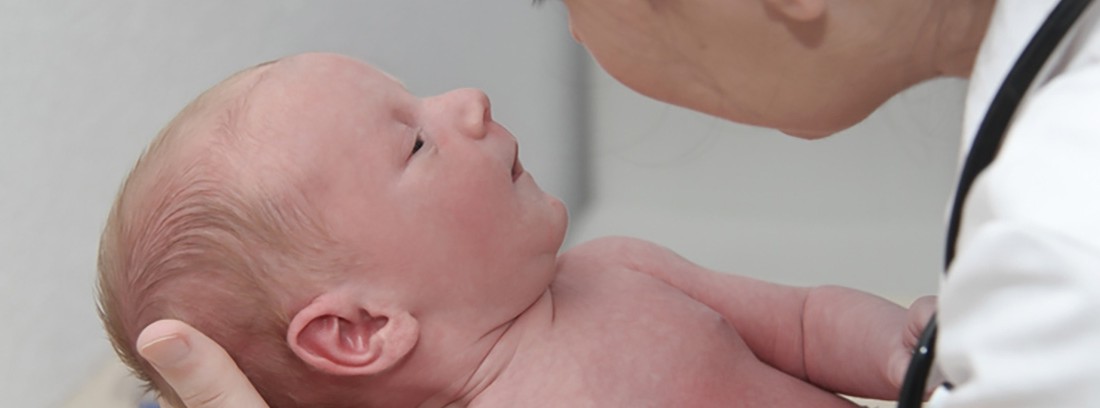Norrie’s disease

What is Norrie's disease?
Norrie's disease, also called hereditary bulbarum atrophy, is a rare disease that affects less than one in 100,000 people and is characterized by bilateral blindness that develops in the first years of life. It was first described by Danish ophthalmologist Mette Warburg, who named it after another renowned Danish ophthalmologist, Gordon Norrie.
How is it produced?
It is an X-linked recessive disease and affects only men. Both copies of the affected gene in this disease need to be altered for it to occur. Since women have two copies of the X chromosome, one from the father and one from the mother, they are usually carriers of the disease but are not affected, unless they inherit two copies of the altered gene, one from the sick father and one from the mother. carrier. Men, however, only have one copy of the X chromosome, the one inherited from the mother, so if the gene for Norrie's disease is altered, the child will suffer from the disease.
The gene that is altered is called NDP, located in the Xp11.4 region of the X chromosome. This gene encodes norrin, a protein that is essential for the development of the eye, for the specialization of the cells of the retina and for the correct vascularization of the inner ear. The alteration of the gene causes undifferentiated immature cells to accumulate in the eye and produce necrosis secondary to a fibrosis reaction that in turn generates hemorrhage at the vitreous level. This degenerative process ends up leading to bilateral blindness.
Symptoms
Norrie's disease manifests itself in the first weeks of the patient's life, during which a bilateral leukocoria is seen, that is, a white spot that is seen in both eyes. This spot corresponds to a mass called a pseudoglioma, because it looks like a tumor, and is made up of immature cells, blood vessels, and ciliary processes. The lesion progresses to an atrophy of the eyeball that in a few months causes bilateral blindness.
Ocular involvement is also associated with smaller eyes (what is called microphthalmia), a hypoplastic iris (almost nonexistent), synechiae (fibrous junctions that should not exist, either between the lens and the iris, or between the iris and the cornea) and increased intraocular pressure, as well as opacification of the cornea and banded keratopathy.
By the second or third decade of life, bilateral hearing loss usually appears in approximately one third of cases. It is produced by a defect in the formation of blood vessels in the cochlea, which causes it to gradually atrophy and produce irreversible deafness.
65% of patients suffering from Norrie's disease also tend to suffer a greater or lesser degree of psychomotor retardation, together with other organic alterations such as cardiac, pulmonary, bone, genitourinary, gastrointestinal and vascular. Likewise, some patients also suffer from psychotic associates.
Diagnosis
The initial diagnosis is clinical, the parents of the baby will describe the vision of a whitish spot in the pupil of the newborn. It is essential to know the family history of both parents and to carry out a complete ophthalmological exam. A correct differential diagnosis should be made with retinoblastoma, a malignant tumor of the retina that also usually appears at an early age.
If patients are over four years old, it is important to do a hearing check every year to assess possible initial symptoms of hearing loss. Alterations do not usually appear either in the analytics or in the imaging tests.
Treatment
As it is a rapidly evolving degenerative hereditary disease, it has no curative treatment. At the ophthalmological level, it is important to control intraocular pressure levels and treat it if they are high or there is pain. In patients at an early age who have not suffered from retinal detachment, a laser treatment can be tried to try to preserve some of the vision. At the auditory level, hearing aids can be used or cochlear implants can be placed.
Precautionary measures
There are no preventive measures against this inherited disease. If a family history of Norrie's disease is known, a good prenatal diagnosis is essential to try to detect possible mothers who are carriers of the altered NDP gene.
General Medicine Specialist
(Updated at Apr 14 / 2024)